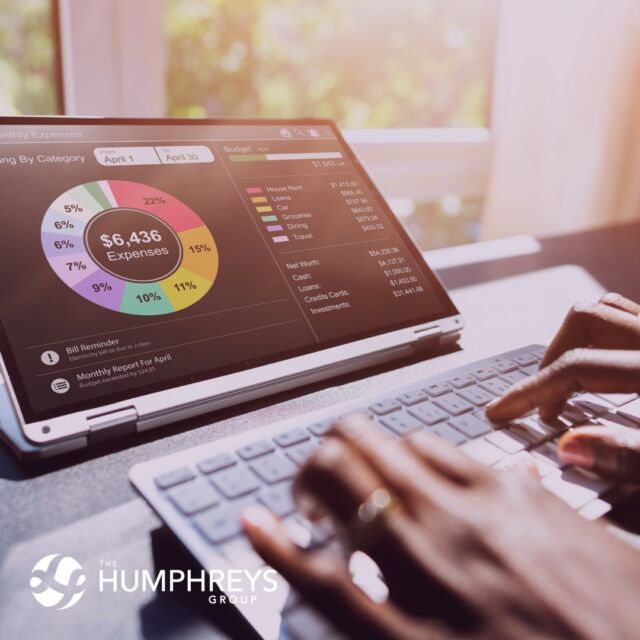It’s safe to say we could all use a little positive news these days. In April, the markets helped deliver on that need. Despite some volatility in the stock market toward the end of this week, the Dow Jones Industrial Average (DJIA) and the S&P 500 indices still posted their best month since the 1980s.
What a difference a month can make! After a blistering couple of weeks in late February and March — culminating in bear-market-level lows on March 23 — the stock market enjoyed a solid performance last month. As we moved through the last week of April, the market rallied on Wednesday after a New York Times report first revealed the U.S. Food and Drug Administration (FDA) planned to announce an “emergency-use authorization” for remdesivir, an investigational Coronavirus treatment. The FDA is in discussions with Gilead Sciences, the producer of remdesivir, to make its current supply available to patients, which could cover at least 140,000 treatment courses. Though discussions are in early stages and experts are still looking into other therapies, Dr. Anthony Fauci, director of the National Institute of Allergy and Infectious Diseases, announced positive results from a trial for the drug that began on February 21.
Amid the optimism that came with Wednesday’s rally, stocks let go of some of their gains on Thursday and Friday, following a new unemployment report and economic data that showed a sharp decline in consumer spending. By the end of this week, the DJIA had lost 617 points (2.5%), while the S&P 500 and the Nasdaq closed 81 (2.8%) and 285 (3.2%) points lower, respectively.
Although the markets gave us a silver lining the past few weeks, we should prepare to heed more news about economic declines over the course of the second quarter, as the country slowly, but surely, emerges from lockdown and businesses potentially begin to reopen in May and June. Federal Reserve Chairman Jerome Powell echoed this sentiment in his statement on Wednesday (more on that below).
This is why we place such a strong focus on comprehensive financial planning, and why we stress-test your plan against a wide range of scenarios. Our goal is to ensure that your long-term financial security and goals are prepared to withstand the unexpected and inevitable events that come our way.
April’s strong market performance also underscores why it’s important to stay invested, even if volatility has your nerves on edge. History has shown that markets have rewarded discipline over the long term. Studies have also shown that stocks have generally delivered strong returns over one-, three- and five-year periods after sharp declines, according to fund manager Dimensional Fund Advisors. Regardless of what lies ahead, we encourage you to stay focused on your long-term, diversified and disciplined investment strategy, and to tune out the noise.
The Federal Reserve Doubles Down on Its Effort to Boost the Economy
On Wednesday, Federal Reserve Chairman Jerome Powell gave an address on the state of the U.S. economy and the Fed’s plans to help support recovery efforts, amid the ongoing COVID-19 pandemic. Powell (described by a commentator as “the Dr. Fauci” of monetary policy) said the Fed would take “whatever steps it could” and use all of the tools at its disposal to remediate the toll the pandemic has taken on economic growth. With interest rates already near zero, the Fed did not change its benchmark rate and did not telegraph plans to boost rates anytime soon.
Up until this point, the central bank has been aggressive in its approach to help secure the economy, including introducing a series of emergency programs and buying large quantities of mortgage- and government-backed debt. Powell prepared Americans in saying that second-quarter economic data will look bleak, a consequence of the pandemic and the measures we have taken to stop the spread of the virus — such as state-wide shutdowns of businesses and other revenue-generating establishments.
After Wednesday’s address, the Fed announced that it plans to expand its Main Street Lending Program, which was first unveiled on March 23 and is part of the bank’s larger push to keep credit flowing into the economy. After receiving more than 2,200 comments from businesses and banks, the Fed revised its original outline of the program and will now offer loans as small as $500,000 (down from a $1 million minimum), broaden eligibility requirements and create a new category that would allow “riskier companies” to access Fed-backed loans. A start date has not been announced, though we will continue to keep you updated on important details about the program as they arise.
Stimulus Check Delays — What to Do
According to the IRS, nearly 90 million people have received their stimulus check. If you can’t count yourself as part of that group, here are three reasons why:
1. You don’t qualify
Any individuals who earn more than $99,000 or married couples who earn more than $150,000 are not eligible to receive a stimulus check.
2. The IRS doesn’t have your direct deposit information on file
If you didn’t receive a refund through direct deposit this year or the year before, you need to submit your banking information to the IRS through their Get My Payment tool. If you don’t file a tax return, you need to submit your banking information to the IRS website for non-filers.
3. Glitches in the system
If you are eligible for a stimulus check and received a “Payment Status Not Available” error when attempting to login to the Get My Payment tool, it’s possible that your information has not been entered into the IRS system yet. According to the IRS website, the data gets updated once per day.
Another possible glitch has to do with national tax preparers, like H&R Block and TurboTax, that offer advances on a client’s refund by loading the money onto a debit card. If you received one of these advances, it’s possible the IRS does not have your direct deposit information on file. You can update your information by logging into the Get My Payment tool.
Are There More Stimulus Checks on the Way?
As it stands, the stimulus checks are a one-time payment. But are they enough?
According to some lawmakers, the answer is no, as they discuss new proposals for putting more income into Americans’ hands.
In response to whether a one-time stimulus check would be enough to help struggling Americans weather the economic storm of this COVID-19 crisis, White House economic advisor Kevin Hassett said on Tuesday that administration officials are studying the need for additional stimulus checks.
As always, we are here for you and will continue to keep you updated on the latest developments, changes and topics that matter most to your personal financial lives. If you have any questions about your individual situation that you’d like to discuss with our team, or you simply want to catch up (or swap Netflix recommendations!), please don’t hesitate to reach out!
























